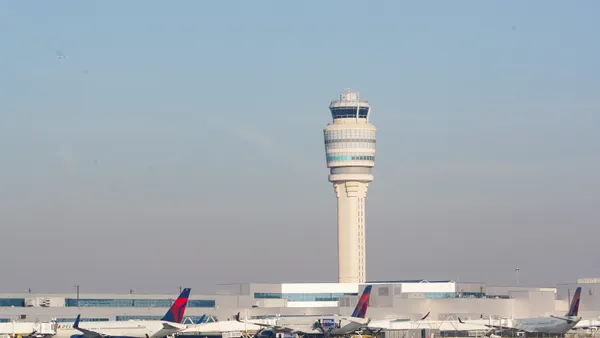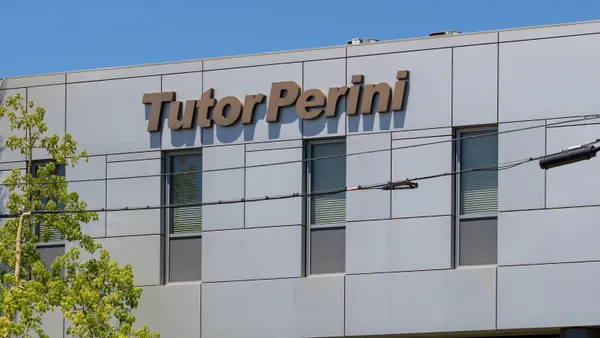Dive Brief:
- The Massachusetts Bay Transportation Authority unveiled proposed changes to the over-budget Green Line light-rail extension project and said that the changes could reduce costs by nearly $300 million, according to the Boston Globe.
- Central to the cost-cutting moves are drastic changes to the design of at least five of the line’s seven stations from enclosed to open-air and a scaling down of a vehicle maintenance facility from a storage capacity of 80 cars to 40.
- The Massachusetts Department of Transportation board members said the Green Line project will not go forward unless the MBTA can come up with significant cost reductions. If the state decides to scuttle the project, it would forfeit $1 billion in federal funding, as well as disappoint the residents of Somerville, MA, and Medford, MA, who would benefit most from a new rail line.
Dive Insight:
In January, the MBTA vowed to deliver "brutal" cuts to the project in an effort to whittle away at the $1 billion in cost overruns. Since the original contractors were terminated, the MBTA has explored several solutions to the Green Line debacle, including killing the project altogether.
At a town meeting, local officials and residents expressed their desire to see the project come to fruition. However, some residents and local officials told MBTA representatives at the meeting that they were very disappointed with the cuts, especially the changes to stations that would leave rail passengers exposed to the weather, according to the Globe.
After delays, cost overruns and a healthy dose of blame aimed at the contract and procurement processes, a frustrated MBTA terminated all of the project’s lead contractors in December, including the joint venture of White-Skanska-Kiewit (WSK).
However, while much of the fault has been attributed to the contract procurement method, a previously withheld Berkeley Research Group report said the failure of the MBTA and its consultants to address the difference between cost estimates among the major Green Line contractors increased the likelihood of the problems eventually encountered on the project.











